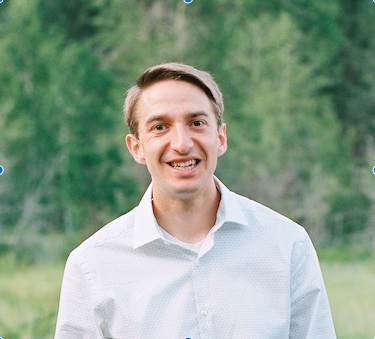Forward Thinking: Building Deep Random Forests

Abstract
The success of deep neural networks has inspired many to wonder whether other learners could benefit from deep, layered architectures. We present a general framework called forward thinking for deep learning that generalizes the architectural flexibility and sophistication of deep neural networks while also allowing for (i) different types of learning functions in the network, other than neurons, and (ii) the ability to adaptively deepen the network as needed to improve results. This is done by training one layer at a time, and once a layer is trained, the input data are mapped forward through the layer to create a new learning problem. The process is then repeated, transforming the data through multiple layers, one at a time, rendering a new dataset, which is expected to be better behaved, and on which a final output layer can achieve good performance. In the case where the neurons of deep neural nets are replaced with decision trees, we call the result a Forward Thinking Deep Random Forest (FTDRF). We demonstrate a proof of concept by applying FTDRF on the MNIST dataset. We also provide a general mathematical formulation that allows for other types of deep learning problems to be considered.
Materials
BibTeX
@article{miller2017forward,
title={Forward thinking: Building deep random forests},
author={Miller, Kevin and Hettinger, Chris and Humpherys, Jeffrey and Jarvis, Tyler and Kartchner, David},
journal={arXiv preprint arXiv:1705.07366},
year={2017}
}
 Kevin Miller
Kevin Miller
